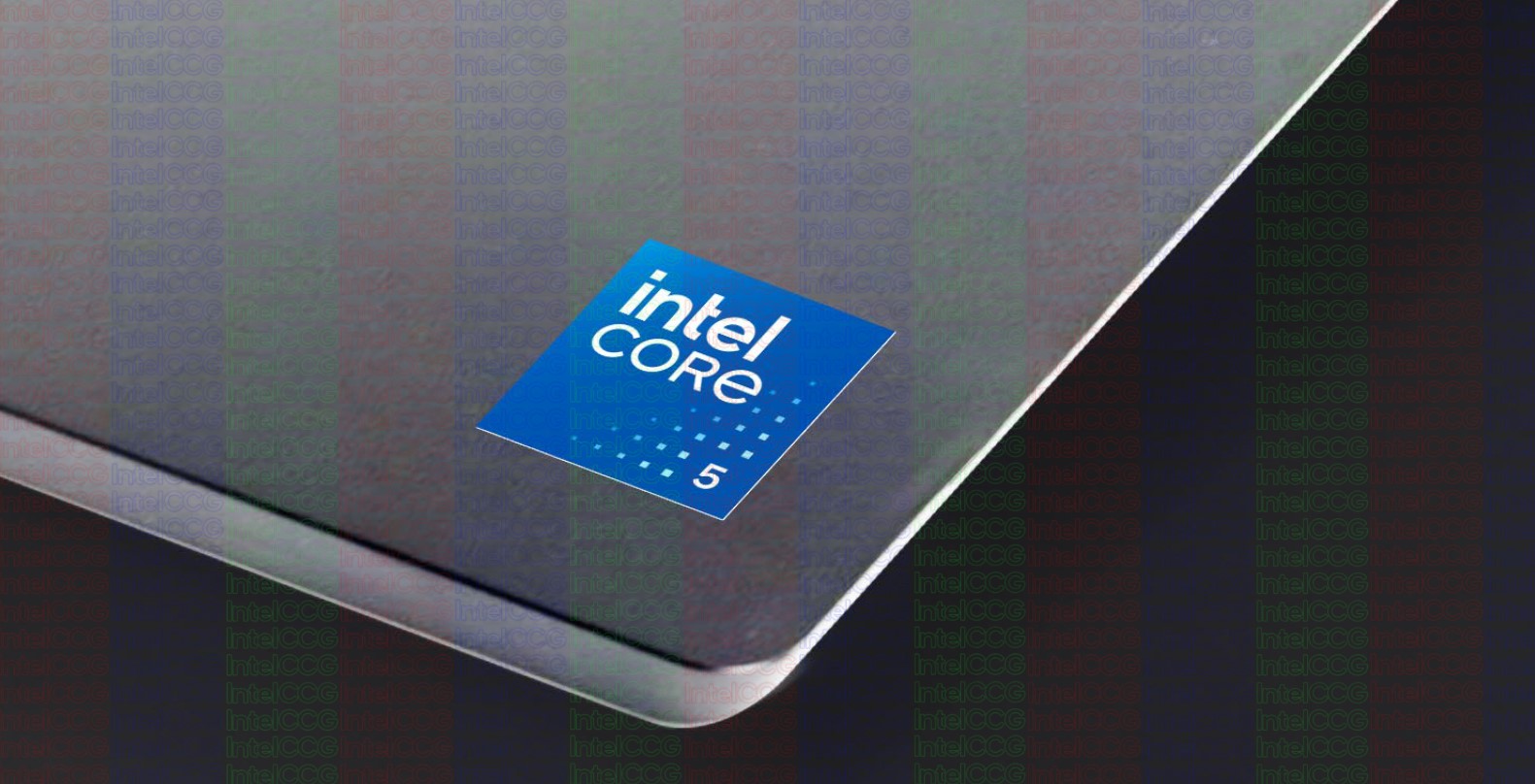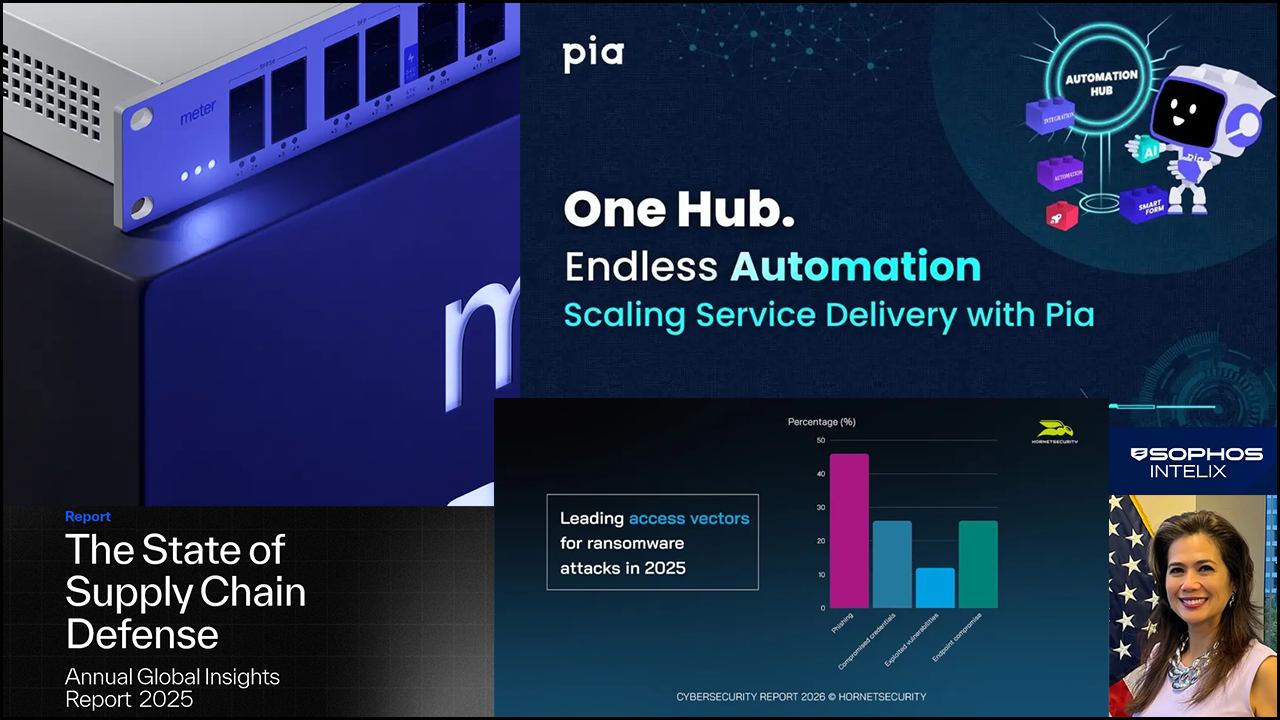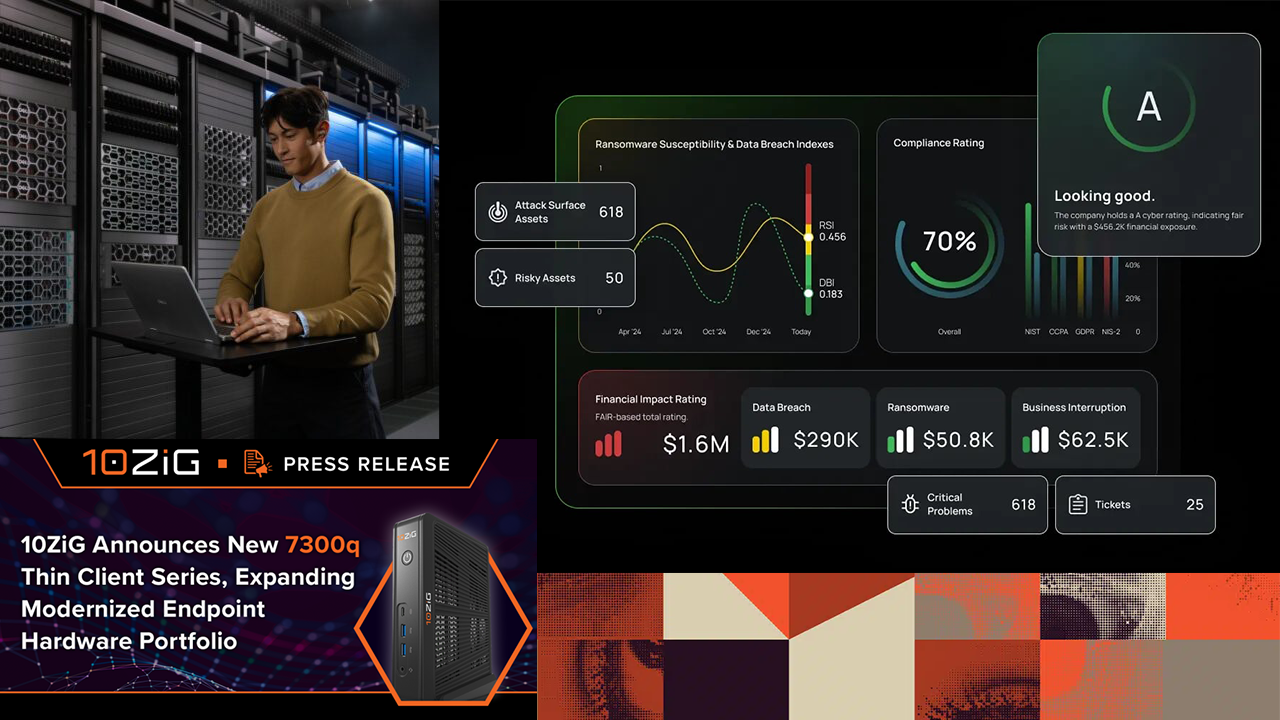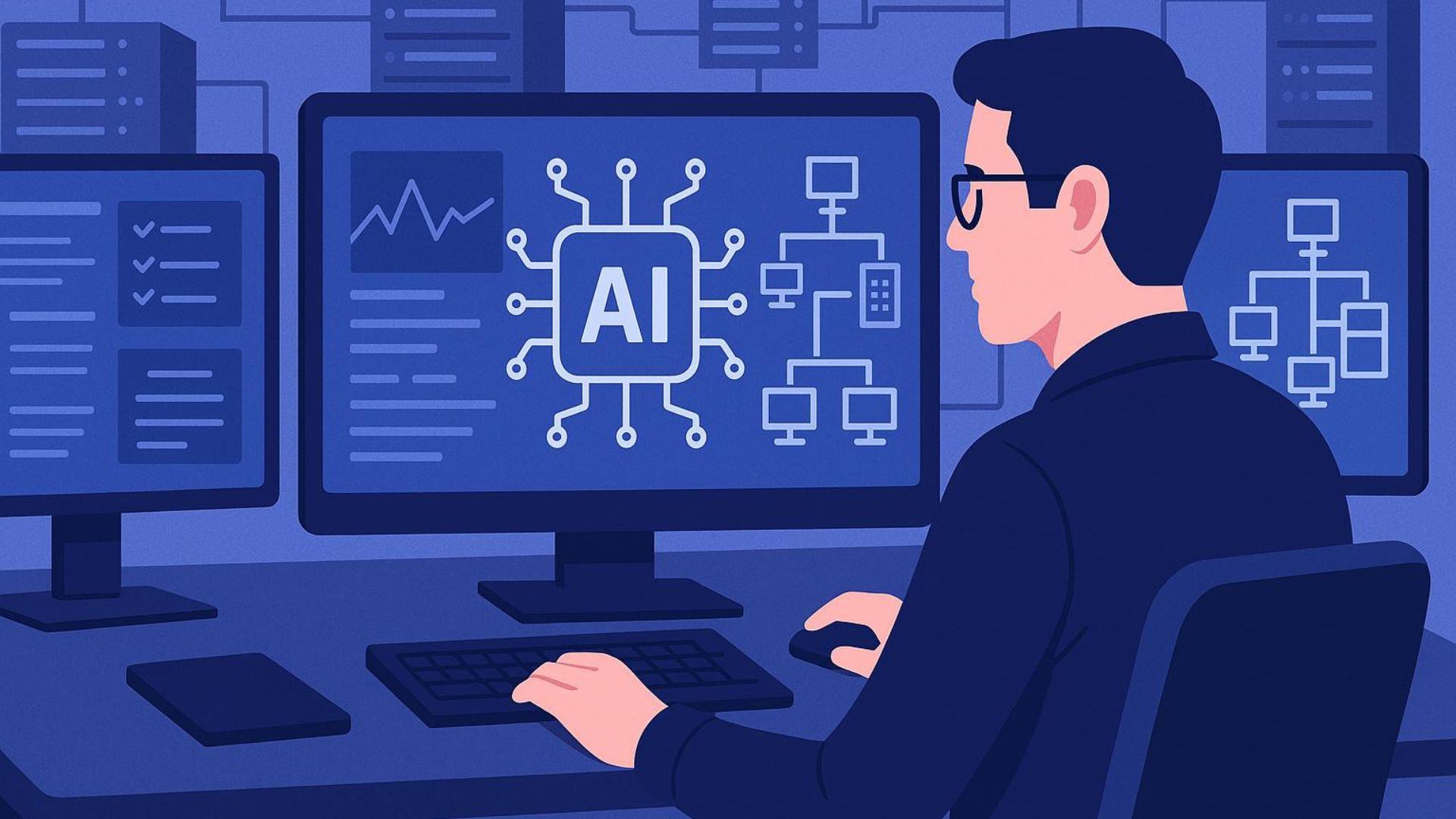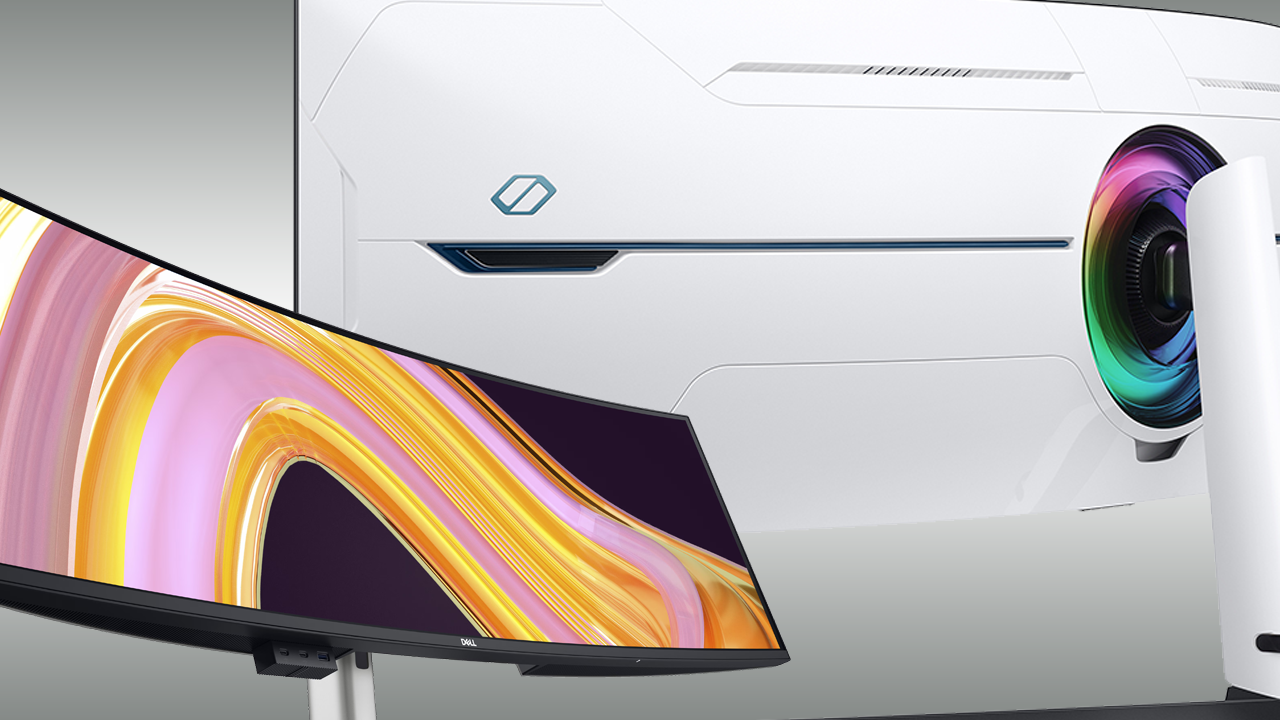Intel today announced a “new brand for a new era,” starting with the upcoming Meteor Lake generation of processors coming later this year. Intel is introducing a two-tiered brand to clarify its product strategy and to help differentiate between its leadership and mainstream offerings, noting that this is the most significant brand update in 15 years.
“Meteor Lake is an inflection point for design, manufacturing, and architecture and delivers significant advances for our company and customers,” Intel says in a press statement. As revealed last week, Meteor Lake will be the first line of mobile processors to include hardware acceleration for AI and inference workloads, dubbed the VPU, working alongside the traditional CPU and GPU.
Beginning with Meteor Lake, Intel will no longer place generational messaging in front of the Intel Core brand in marketing or in silicon. No longer will we see 10th generation differentiated from 12th generation going forward, a move that will simplify marketing efforts, though may make it more difficult to differentiate between generations of products. Thankfully, Intel will still call out the generation as part of the processor number as the first one or two digits in the model number (example: 13700E).
As part of the efforts to simplify branding, Intel will be dropping the letter i from its product naming. Intel Core i7 Processors will simply be “Intel Core 7 Processors.” Intel is also adding a new Ultra brand tier for the Core line of processors, which will be referred to as Intel Core Ultra 5/7/9. Intel notes that its Arc graphics can be paired with both tiers, so it isn’t yet clear exactly how Intel will be determining what will make certain processors Ultra versus non-Ultra.
Probably the most interesting outcome of the branding shift will be to see how long it takes for everyone to stop referring to the series without the letter i in front. A year? Two maybe? Time will tell.



